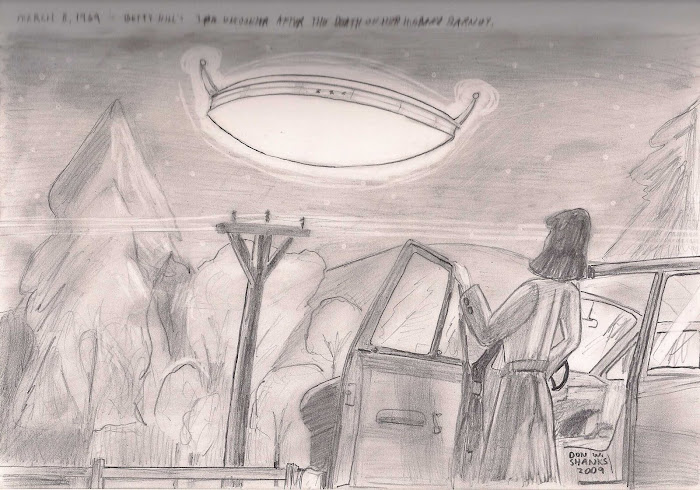
The fiscal 2010 budget for the Pentagon moved through the House Armed Services Committee, where the lawmakers approved a $550 billion defense bill to keep Lockheed Martin's F-22 Raptor program going on for another two years.
The fighter jocks where all upset and up in arms over the fact that their 5th generation plaything was going to be cut. A last minute amendment provided $368.8 million towards the purchase of 12 of the fighter jets in fiscal year 2011. Measure passed by a 31-30 vote.
Rep. Rob Bishop (R-Utah) told reporters, "It does send a message that we do want to keep the production line open. And does give us the chance to fight again. Rep. Bishop was the sponsor of the bill.
This was a slap in the face to Defense Secretary Robert Gates, who decided to cut more than 50 weapon systems in his 2010 defense budget proposal. Gates was wanting to just get four more Raptors and then shut the production line down. Instead, he was planning on a multiyear procurement of Navy fighter jets and buying just one type of jet engine(the one used in the Joint Strike Fighter (JSF)). He also wanted to stop research into the developement of a new bomber.
The committee did add the money for purchase of the Boeing F/A-18E/F Super Hornet fighter and the EA-18G Growler. It also granted the Navy the authority to sign a multiyear contract. They pulled funding from the JSF to do this.
One of the key reasons that this vote went the way it did was a letter sent out to Sen. Saxby Chambliss (R-Ga.) by General John Corley, the current commander of the USAF Air Combat Command, who wrote that a "fleet of 187 F-22s puts execution of our current national military strategy at high risk in the near-to midterm."
The F-22 survival still must pass senate approval when the Senate Armed Services Commitee meets to mark up its own defense spending bill. It might provide for 20 F-22s in 2009, four in 2010, and 12 in 2011. Critics are correct in pointing out that this is an inefficient way of going about building a fighter plane.
Pratt & Whitney has to ward off somehow a upcoming battle on the hill about the House support to have another company come in to build an alternative second engine for the JSF. Rep Neil Abercrombie (D-Hawaii) - chairman of the Armed Services Air and Land Forces Subcommittee summed things up this way.
"Being tied to one engine is too high an operational risk to take." He told reporters that 90 percent of the US airfleet of JSFs would be powered by the P&W engine.
Still on the cutting room floor is the Airborne Laser, the Kinetic Energy Interceptor, and the Multiple Kill Vehicle.
___
Ref. Politico.com, "Defense cuts rolled back in House" by Jen Dimascio, June 18, 2009 (http://www.politico.com/news/stories/0609/23858.html#ixzz0IoZs5rZf&C).








+033.jpg)
No comments:
Post a Comment